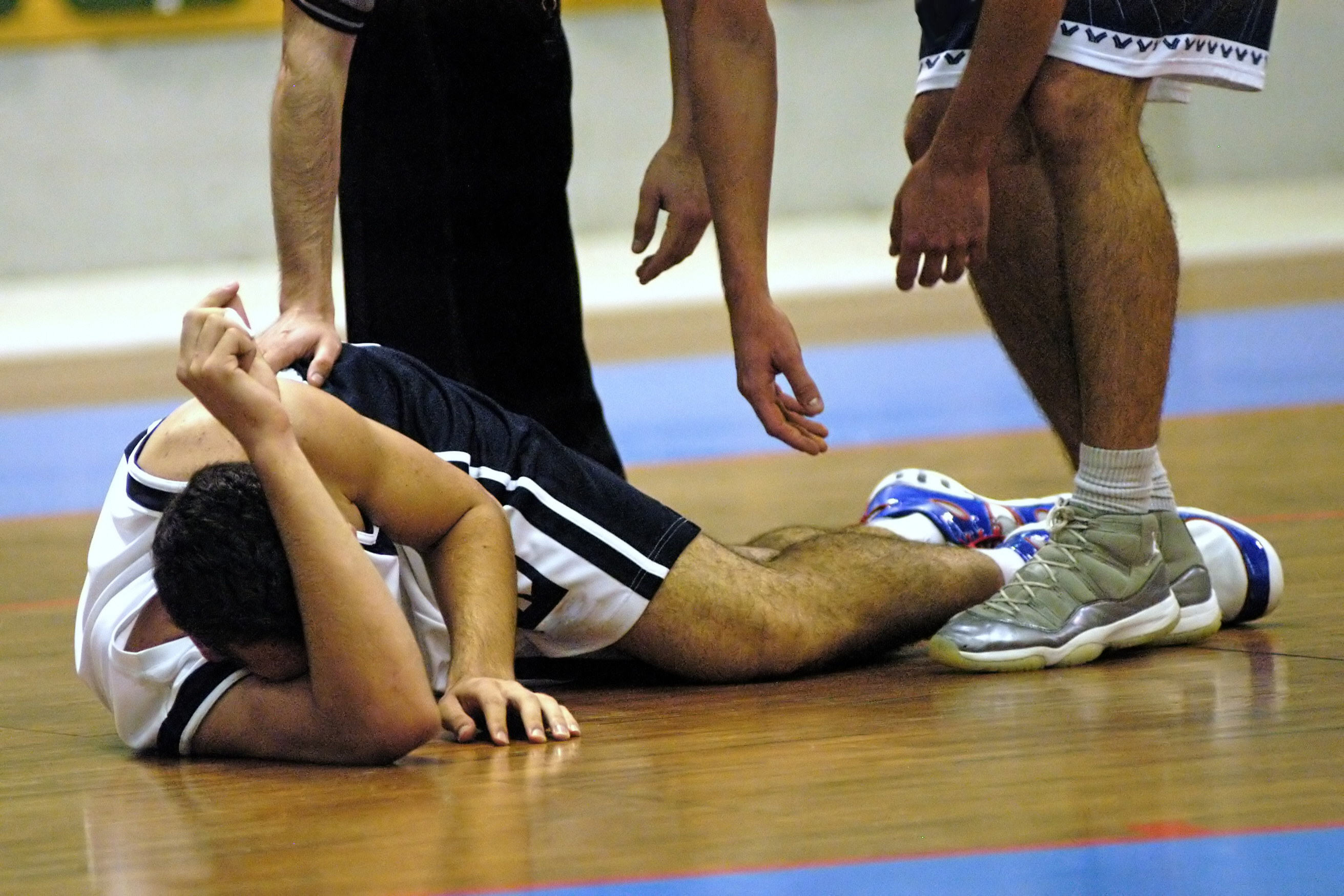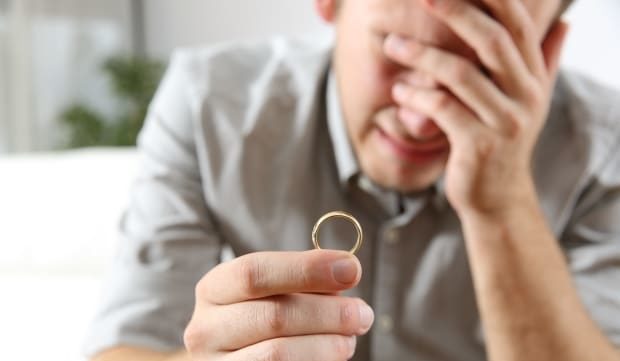Basketball – The Next Concussion Scandal?
Basketball in Indiana is the biggest of big deals especially during March Madness. Families attend basketball games on a regular basis from grade school to NBA matchups.
The Indiana University Hoosiers consistently rank among the top teams considered the most popular with the most passionate fans. The team has been to the NCAA Tournament dozens of times.
Indiana University’s earned five championships and have sent many players who have gone on to fame in the NBA.
Since 1947, 55 of them have been from Indiana University, and 33 have been from Purdue. We know and love our basketball here from the youngest levels through college hoops.
These Days, Players Are Larger…
If you’ve been to a game lately, maybe you’ve noticed various changes in the players and in the game over the years. It’s been documented in the NBA, players have grown bigger and stronger – an average of four to five inches and 35 to 40 pounds since 1947.
In fact, players are so much taller at the start of the 2018 season the rim of the NBA hoops will be raised from 10 to 11 feet above the floor. You can readily see the results of the recent years’ emphasis on weight lifting and strength training in the muscular builds of the players.
By definition, if NBA players are bigger and stronger than they used to be, so are the younger, nonprofessional (or pre-professional) players. And there’s no doubt the game has grown much rougher as well. All of these factors contribute to a greater risk of serious injury.
…And So Are the Risks of Injury
All of these changes have led to an increase in contact sport injuries, from simple bruises right on up to concussions and brain injuries. Because of press coverage over the past few years, you might think concussions are exclusively the area of football, ice hockey, soccer and “extreme sports.”
And you’d be right about the seriousness of injuries in football, ice hockey and soccer. But concussions during basketball play are a growing problem.
Consider a 2010 study, reported in the medical journal Pediatrics, revealing that 375,000 young people go to the emergency room every year for basketball-related injuries. The same report spotlighted a 70 percent increase in traumatic brain injury (TBI) on the hardwoods, even as the total number of all injuries went down.
And then there’s the case of the Seton Hall college basketball player, who ended up in the hospital for several days after he was fouled and had his head slammed into the floorboards.
The risk of concussion while playing basketball – and this includes both boys’ and girls’ basketball – is likely higher than you think it is.
For comparison, HS football’s risk ranges from 64 to 76.8 concussions.
Perhaps the numbers don’t convince you the risks of playing basketball are all that great. However, did you know one in five HS players will suffer a sports-related concussion this year? That’s twenty percent of sports-playing kids. And a full one-third of HS athletes report two or more concussions in the same year. That is a dangerous trend.
When in Doubt, Sit It Out
Concussions are not something that can or should be brushed off. A young person’s brain is still developing. Injuries at this stage of life are not to be taken lightly.
As of 2013, new guidelines were released that deal with sport-related concussions.
That’s because, when your brain is injured, it takes at least a week for the chemicals that manage the brain’s interactions to stabilize. Athletes, especially young ones, are advised not to participate in any sport during that time period, or during any period in which they are still experiencing symptoms.
That’s because a second concussion following on the heels of the first can have serious consequences, up to and including death.
As adults, it is our responsibility to watch over our children, and push for safety standards that don’t leave them impaired from brain injuries in their later years. We all need to do our part to ensure that our kids don’t become victims of permanent injury simply because of a love of the game.
Writer Savannah Coulsen challenges us with the question, “Should your kids play contact sports?” Click here to read her answer.






